AUD/CAD’s breach of 0.9713 support argues that a medium term top is formed at 0.9988, on bearish divergence condition in daily and weekly MACD. A pull back is no abnormal give that the cross has just hit decade long trend line from 1.0784 (2012 high).
Deeper decline would be seen as the correction from 0.9988 extends, probably to 55 week EMA (now at 0.9502) and below. But, from a medium term point of view, strong support should be seen from 0.9247 cluster (38.2% retracement of 0.8058 to 0.9988 at 0.9251), to bring up trend resumption. But from a near term point of view, risk will now be on the downside as long as 0.9988 holds, in case of recovery.




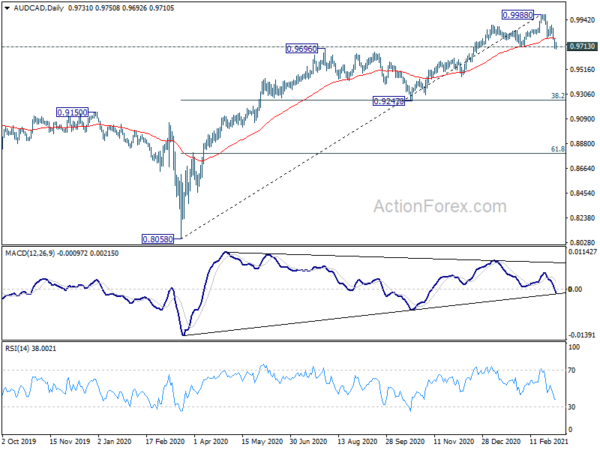
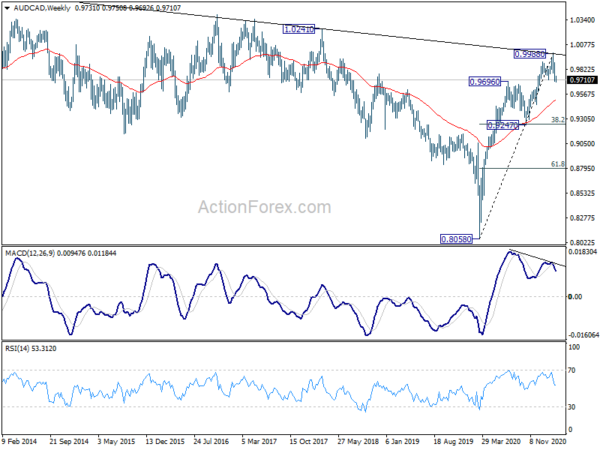
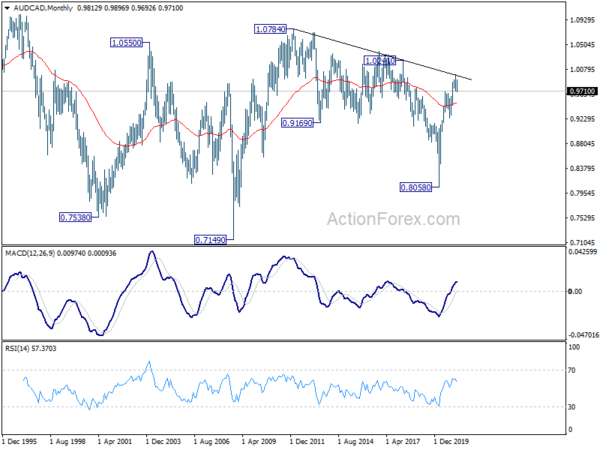
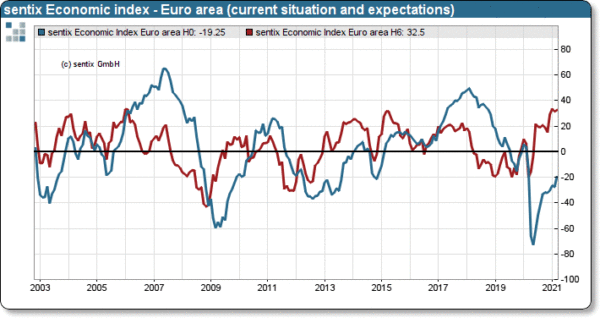
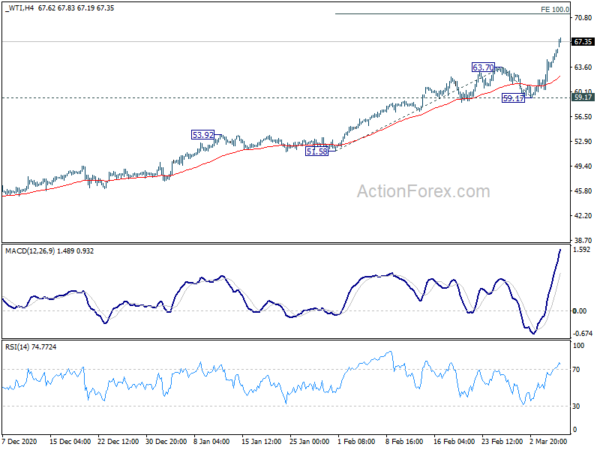
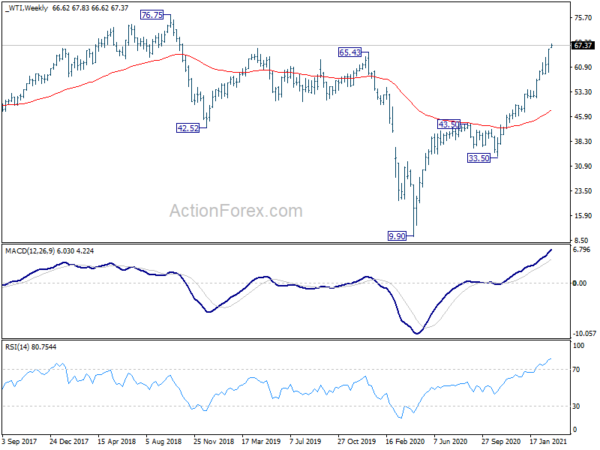
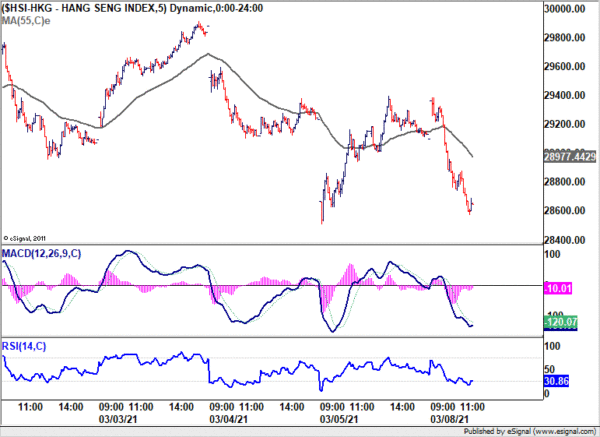
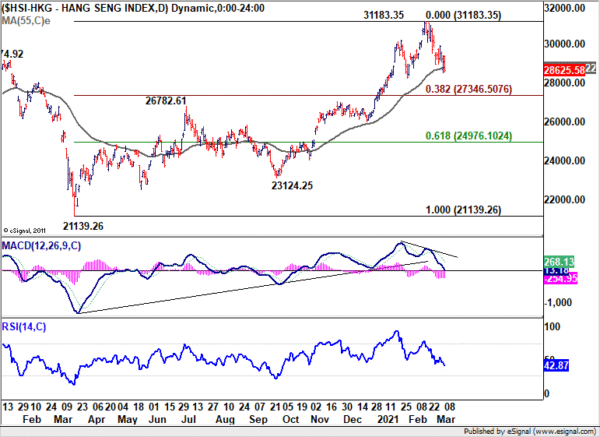
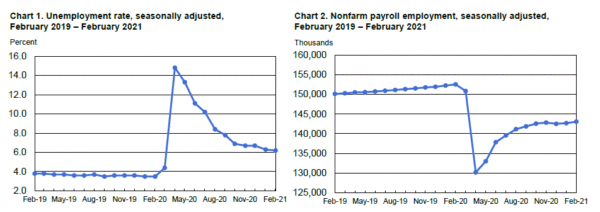
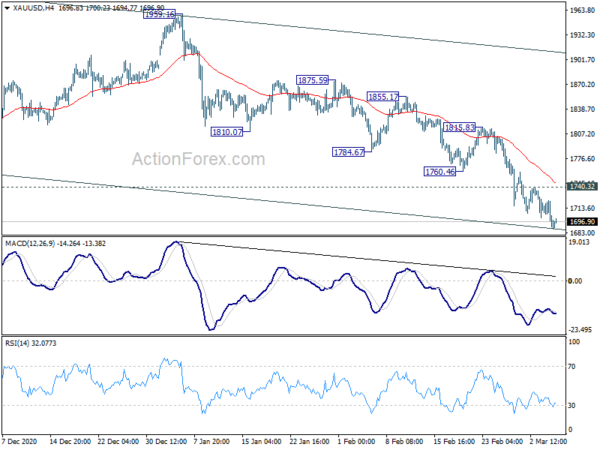
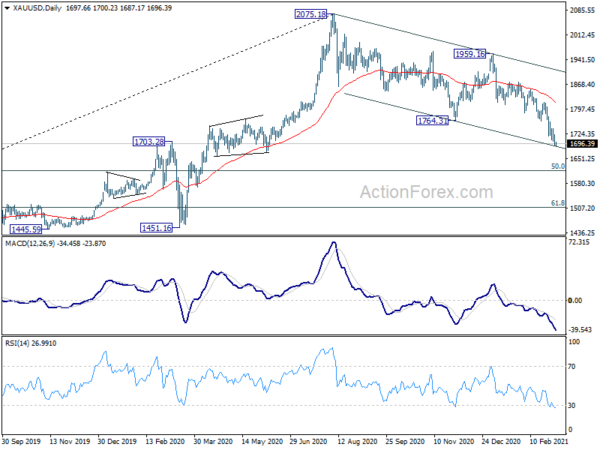
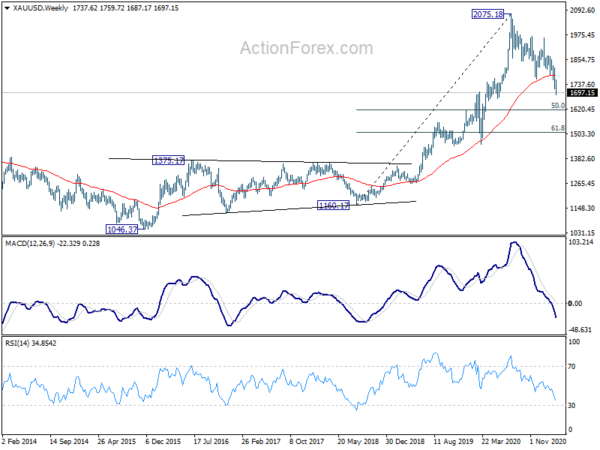
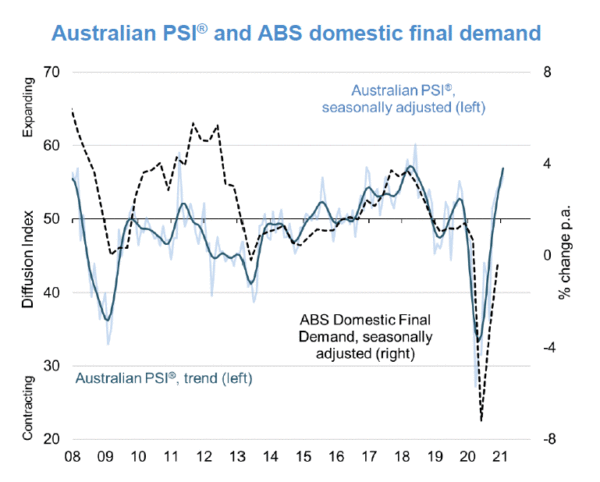
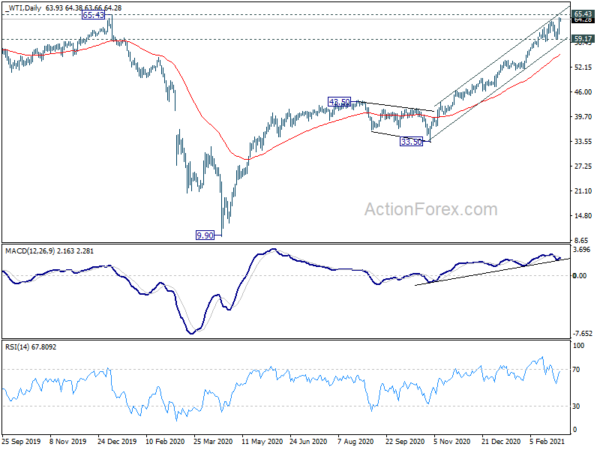
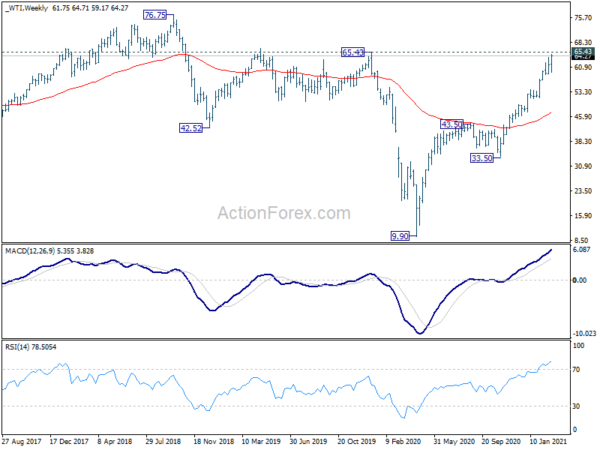
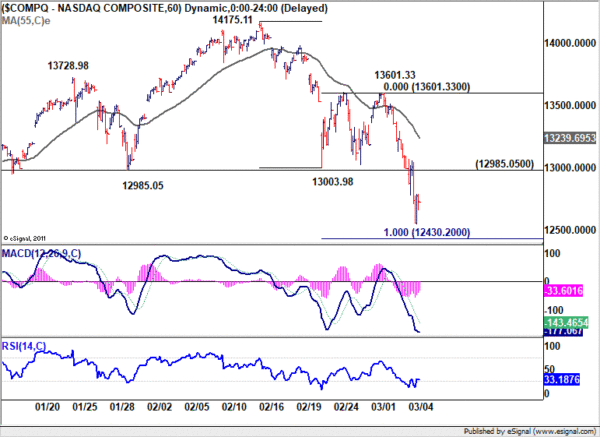
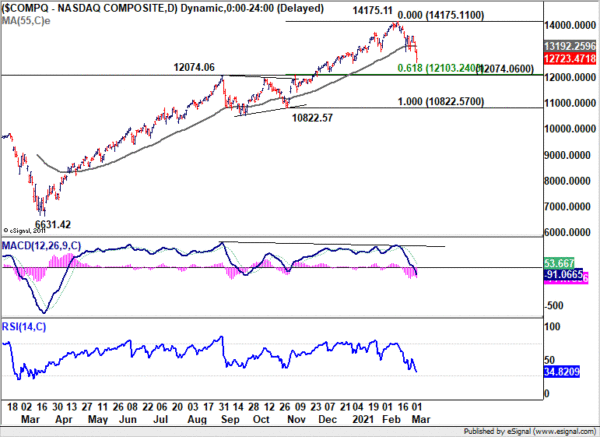
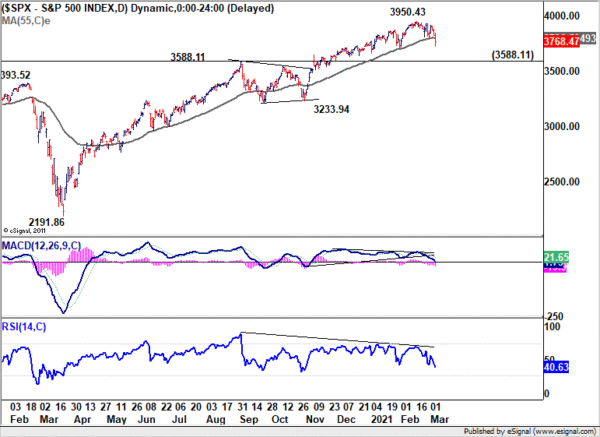
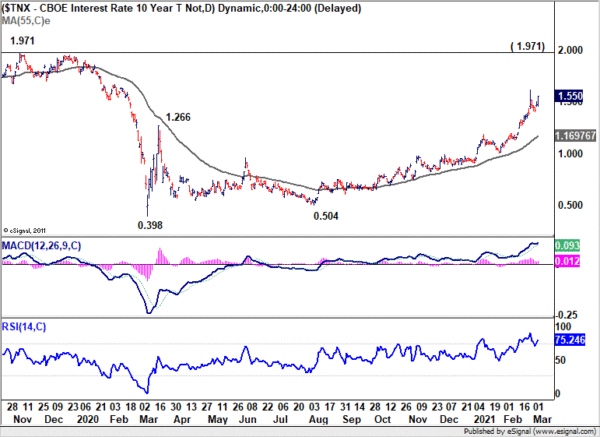
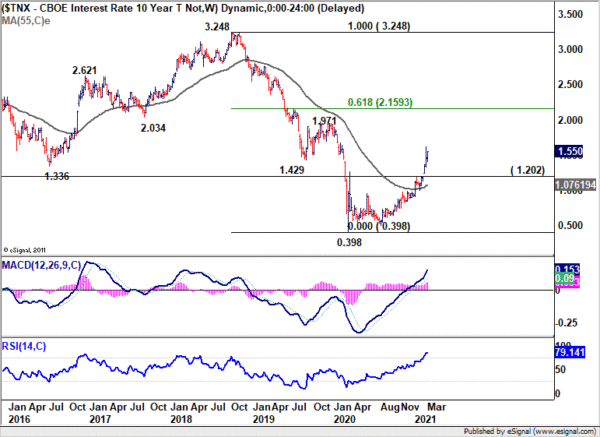

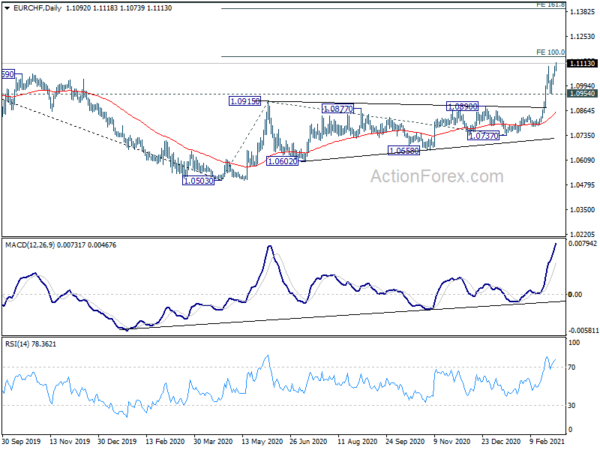
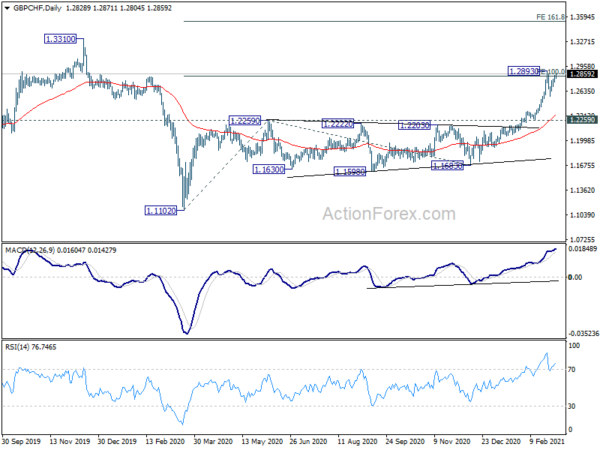
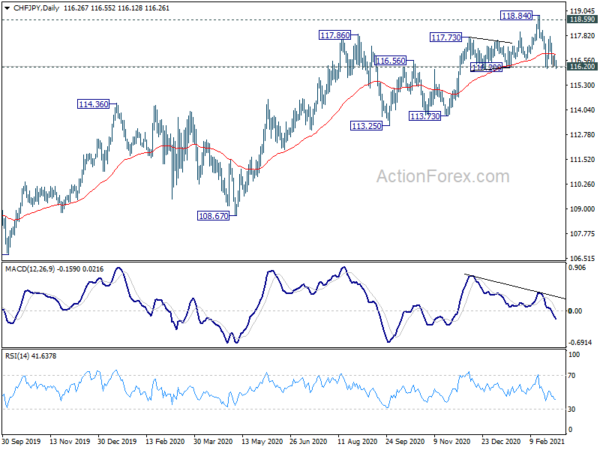
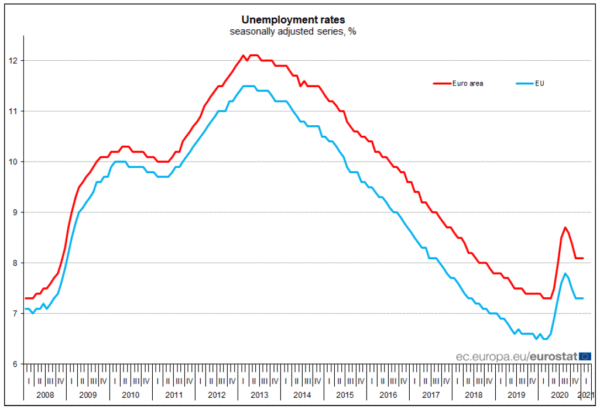
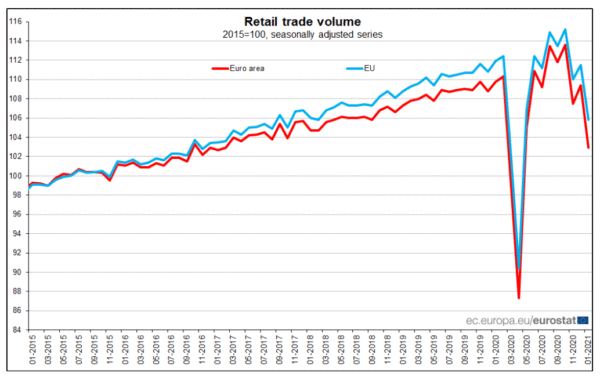
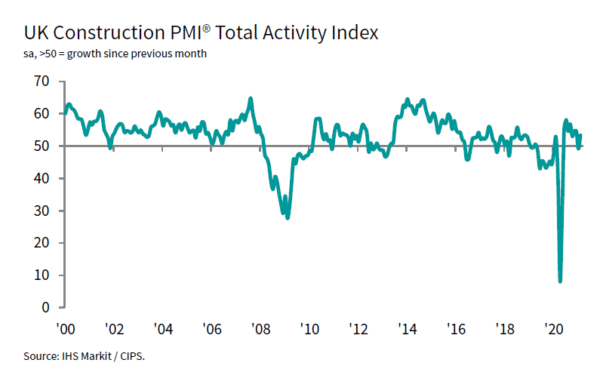
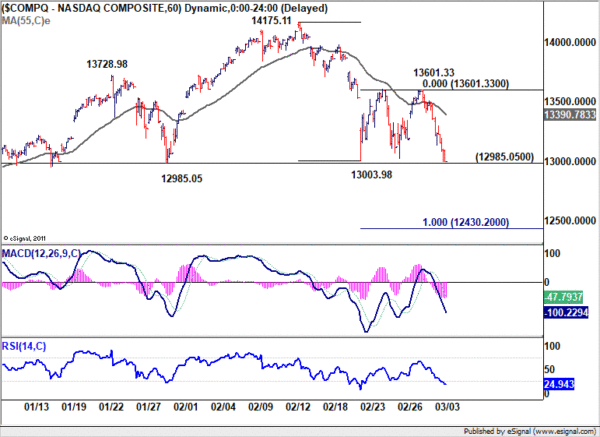
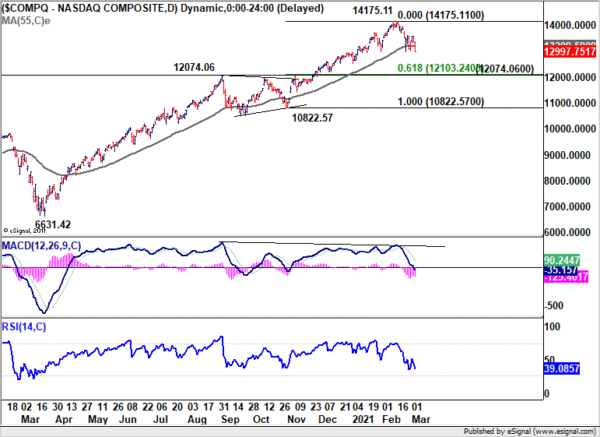

New Zealand ANZ business confidence dropped to 0, gains will be harder won
In the preliminary reading, New Zealand ANZ business confidence dropped from 7 to 0 in March. Own activity outlook also dropped from 21.3 to 17.4. Looking at some more details, export intensions rose form 5.1 to 6.0. Investment intentions dropped slightly from 15.6 to 14.4. Employment intentions jumped from 10.6 to 16.0. Pricing intentions rose from 46.2 to 48.9. Inflation expectations rose from 1.76 to 1.95.
ANZ said: “The economy is entering a phase in which gains will be harder won. The tourism sector pain is becoming more palpable, and booming sectors such as construction are running up against constraints in terms of the availability of labour and, increasingly, imported materials.”
Full release here.